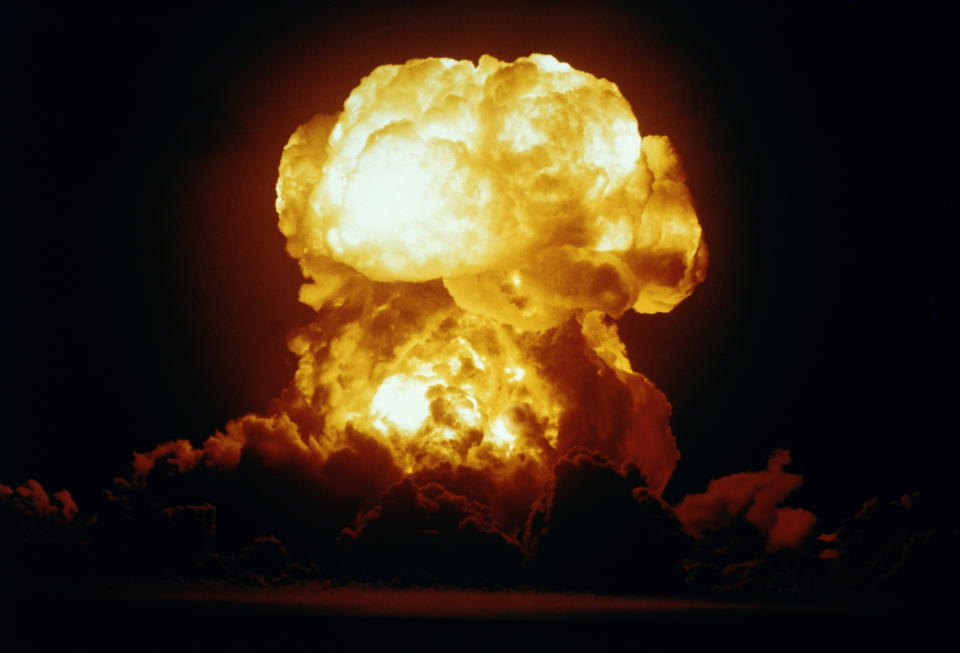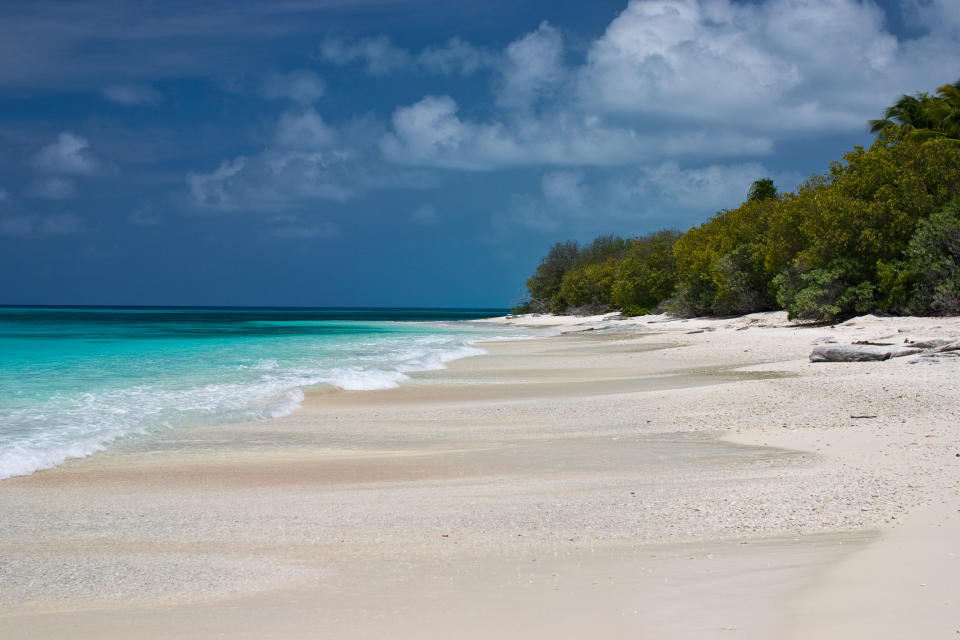Radiation in parts of Marshall Islands 'higher than Chernobyl'

Radiation levels in areas of the Pacific where the United States tested nuclear weapons more than 60 years ago are higher than Chernobyl, warns a new study.
Researchers found that radiation in some regions of the Marshall Islands, where 67 atomic weapon tests were conducted during the Cold War from 1946 to 1958, is "far higher" than in areas affected by the Chernobyl and Fukushima nuclear disasters.
Three studies showed that the concentration of nuclear isotopes on some of the islands was "well above" the legal exposure limit established in agreements between the US and the Republic of the Marshall Islands.
Researchers from Columbia University's Centre for Nuclear Studies in the US measured soil samples, ocean sediment and a variety of fruit.

The nuclear weapons tests left widespread contamination on the islands, a chain of atolls halfway between Australia and Hawaii.
The largest nuclear detonation - "Castle Bravo," in 1954 at Bikini Atoll - was 1,000 times more powerful than either of the bombs dropped on the Japanese cities of Hiroshima and Nagasaki during the Second World War.
The Marshall Islands have experienced rapid growth since the 1960s. Most of the nation's residents live on two crowded islands and are unable to return to their home islands because of nuclear contamination.
Read more: Waiter sparks controversy serving non-alcoholic drinks
Travellers warned of more weather delays
Harry and Meghan’s neighbours given list of rules
Nuclear fallout from the tests is most concentrated on the Bikini, Enewetak, Rongelap and Utirik atolls.
Study co-authors Dr Ivana Hughes, Associate Professor of chemistry at Columbia, said: "Based upon our results, we conclude that to ensure safe relocation to Bikini and Rongelap Atolls, further environmental remediation appears to be necessary to avoid potentially harmful exposure to radiation."
The findings were published in the journal Proceedings of the National Academy of Sciences (PNAS).
Watch the latest videos from Yahoo UK
